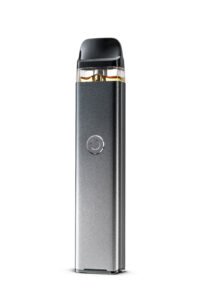Water heaters are a small piece of hardware that can help us stay safe. If you’re not sure where to start, take a few minutes to learn more about water heater repair-the basics of water heater care, water heater maintenance tips and signs of water heater damage. With these guidelines in mind, you’ll be able to extend the life of your water heater while keeping your family safe!
When water is heated to a high temperature, the dissolved minerals in the water get left behind and cause corrosion of water heater parts and sediment build up. Corrosion causes water pressure to build inside your water tank and can result in leaking and ruptured pipes if the water heater tank is not replaced in time.
Quick water heating can be achieved by increasing the water temperature setting on your water heater. The hotter the water, the more dissolved minerals and metals leave your water supply. If you notice a white residue forming around hot water taps or shower heads, this means that there are high levels of dissolved minerals in your water supply.
This is a common cause of water heater issues because water heaters need to be flushed from time to time or the water heating components will become corroded and clogged. Furthermore, high levels of minerals can damage your water heater as well – for example, if you have a tankless water heater that’s powered by gas, water with high levels of minerals can damage the water heater’s burners.
Water heaters should be tested for water quality periodically, both on the incoming water line and at the water heater itself where water sits in the tank. If you have water heater problems, try flushing out your water heater before calling a plumber – it might save yourself some money.
If you’re not sure how to do this, follow these steps: Turn the water heater’s manual water valve (usually located at the bottom of the water heater) to open (if the water heater doesn’t have a manual water valve, skip this step). Open a hot water faucet somewhere in your house – it can be one of bathtubs, showers or water kitchen faucets. Find a water drain in your house and attach a garden hose to it (you might need to dig it up).
Open the heater’s man water valve again to let water out of the tank. Start flushing water from the faucet that was opened earlier down the drain with water from the water heater. Let water run until water coming out of the faucet is clear and free from sediments and chemicals (you can estimate this by looking through water draining from the water heater). When water runs clear turn water off at water heater’s manual water valve, close all drains in your house, disconnect garden hose from faucet and water drain, turn water heater’s manual water valve to close.
If the water heater is still not working properly, it might be time for water heater repair or replacement. Know more https://en.wikipedia.org/wiki/Plumbing










